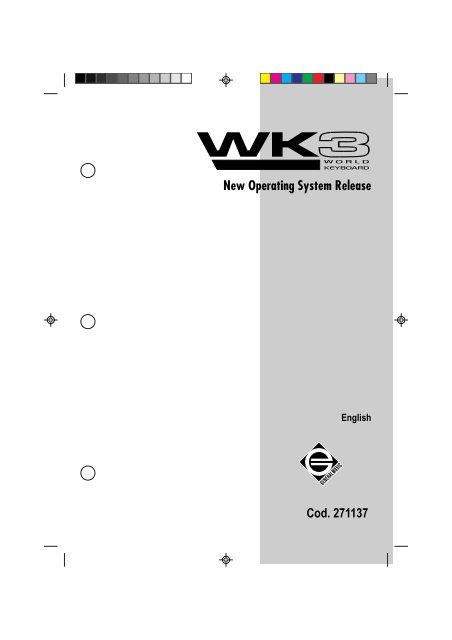

There is a general lack of adequate clinical characteristics and epidemiological data on human coronaviruses. It is understood that a broad host range, frequent cross-species transmission, stability of the virus in the environment, and changes in the tissue tropism, support the emergence of new highly infectious human coronaviruses. The latest SARS-CoV-2 is closely related to Betacoronaviruses detected in bats (88% sequence identity) but is genetically distinct from SARS-CoV (~79% sequence identity). In 2012 a Betacoronavirus spread from camels to humans in Saudi Arabia, causing a similar clinical syndrome as SARS, taking the name MERS-CoV. In 2002 a Betacoronavirus originating in bats spread from civets to humans, causing severe respiratory disease and taking the name SARS-CoV. HCoV-NL63 and HCoV-HKU1 were discovered in the early 2000s from persons with bronchiolitis and pneumonia. In the 1970s, studies used serology and viral culture linked HCoVs-229E and -OC43 with 8% of lower respiratory tract infection cases in hospitalized infants. Subsequently, both HCoV-229E and HCoV-OC43 were isolated from the nasal cavities of people with the common cold in the 1960s. About 120 years ago, HCoV-OC43, which was considered to have a common ancestor with bovine coronavirus, was transmitted from cattle to humans. The emergence of HCoV-229E was estimated to occur about 200 years ago, and it involved a transfer from bats to alpacas and then to humans. These HCoVs account for 10% to 30% of upper respiratory tract infections in adults. Four human coronaviruses (HCoVs) are globally endemic, including two Alphacoronavirus (HCoV-229E and HCoV-NL63) and two Betacoronavirus (HCoV-OC43 and HCoV-HKU1). The unprecedented outbreaks of severe acute respiratory syndrome-associated coronavirus (SARS-CoV), Middle East respiratory syndrome coronavirus (MERS-CoV), and the ongoing pandemic of severe acute respiratory syndrome-associated coronavirus 2 (SARS-CoV-2) poised human coronaviruses to take prominence on the world stage, highlighting the necessity for readily available, accurate, and fast diagnostic testing methods.Ĭoronaviruses are positive-sense, single-stranded RNA viruses that belong to the family Coronaviridae, which includes four genera, several sub-genera, and species. Viruses belonging to different families pose a continuous threat to public health and worldwide stability.

Furthermore, spectral signatures obtained for both HCoV strains in the infected cells displayed a considerable peak wavelength shift compared to the uninfected cell, indicating that the EDHM is applicable to detect HCoV infection in mammalian cells. Our study demonstrated distinct spectral patterns for HCoV-OC43 and HCoV-229E virions in the solution, serving as distinguishable parameters for their differentiation. Thus, it can directly map spectral signatures specific for a given viral strain in a complex biological milieu. The EDHM technology allows collecting the optical image with spectral and spatial details in a single measurement without direct contact between the specimen and the sensor.

Herein, we applied enhanced darkfield hyperspectral microscopy (EDHM), a novel non-invasive, label-free diagnostic tool, to rapidly and accurately identify two strains of HCoVs, i.e., OC43 and 229E. Thus, early and accurate detection of these viral pathogens is essential for preventing transmission and providing timely treatment and monitoring of drug resistance. In the last 15 years, we have witnessed the emergence of three zoonotic, highly pathogenic HCoVs. Human coronaviruses (HCoV) are causative agents of mild to severe intestinal and respiratory infections in humans.


 0 kommentar(er)
0 kommentar(er)
